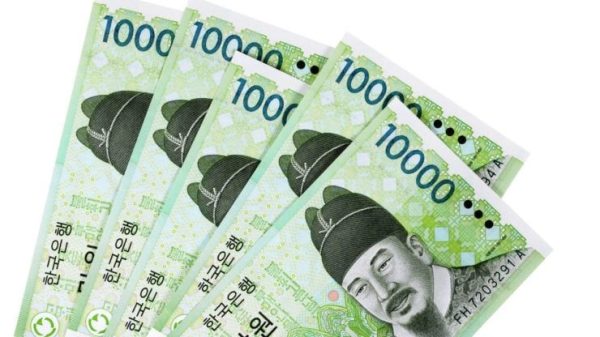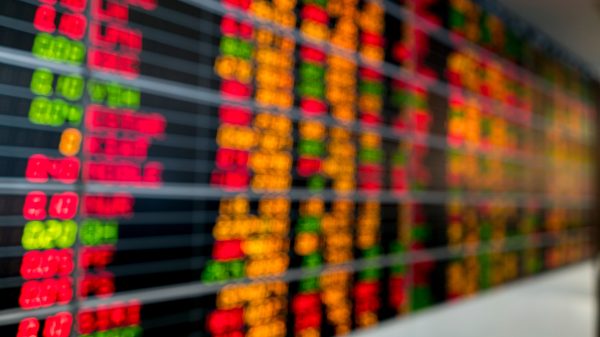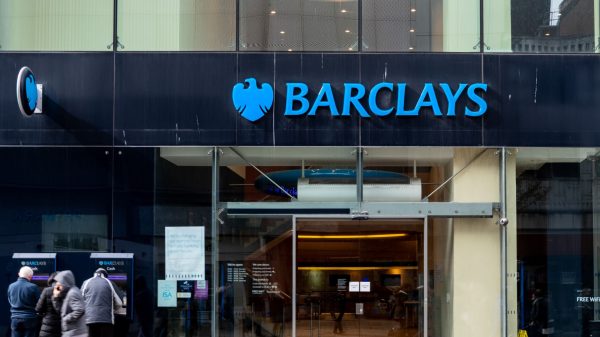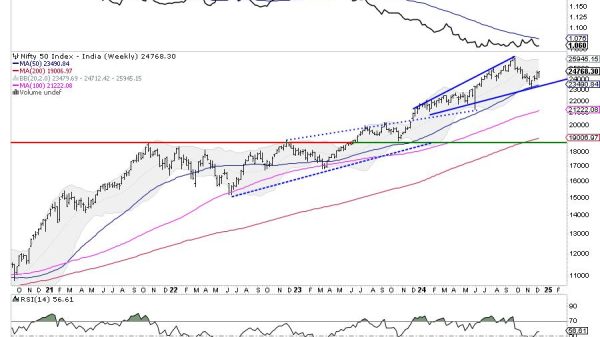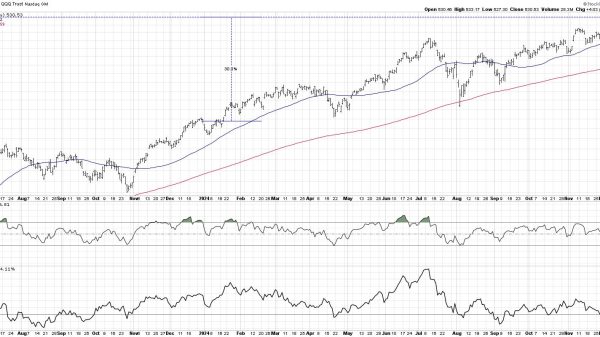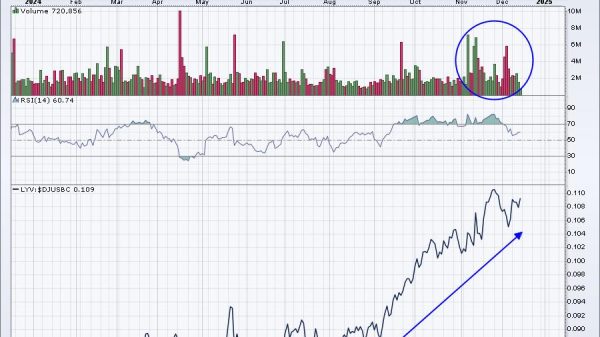What is Profit Factor in trading and how to calculate it
Calculating your profit factor in trading is a crucial step in order to assess the effectiveness of your trading strategy. Here are some insights regarding profit factor calculation and the importance of this metric.
Definition of profit factor
Roughly speaking, the profit factor represents a trading performance indicator that makes it possible to make the connection between gross profit and gross loss during a given trading period. Why analyze past performance? Quite simply to help understand the amount of gain made per unit of risk, but also to detect if there are flaws in the strategies or methods used. Measuring performance is not just about statistics, but it has many essential functions:
Guide the development of the strategy; Monitor results against forecasts; Diagnose possible flaws.In addition to being a performance indicator, the profit factor is also an effective risk management tool. The ratio obtained by calculating it allows you to know how much you gain for each euro lost, for example.
Let’s take a concrete example, for a profit factor of 2, this means that if we invest €1, we can expect to earn €2.
What is interesting about this indicator is that it can be used over any period. Thus, we can calculate the profit factor per day, per week, per month or even per year. The longer the period, the greater the number of trades taken into account and this will provide a much more relevant result – qualitative result.
Profit factor calculation
Calculation of the indicator is made based on the number of winning trades, losing trades and capital gains. To know your performance ratio using the profit factor, we will use a simple calculation of the sum of gains over the sum of losses. We will take a given period T during which we will add up all the gains as well as the losses and divide them; It’s that simple.
Profit factor is calculated by dividing the total sums of gains and total losses over a certain period.
Profit factor = (sum of gains over period T) / (sum of losses over period T)
*T = a day, a week, a month, a quarter, a year…
We can also use capital gains and capital losses, which gives:/p>
Profit factor = (sum of capital gains on winning trades) / (sum of capital losses on losing trades)
Here are the examples.
Profit factor ratio greater than 1
A trader uses a new trading strategy with 4 entry signals in a week: 2 winners of €600 and €400, and 2 losers of €300 and €250 – this includes transaction fees.
performance profit factor will then be as follows:
(600 + 400) / (250 + 150) = 2.5
The interpretation is as follows:
Winning trades are 2.5 times higher than losing trades. What does that mean ? This indicates that for every €1 invested with this new strategy, one can earn €2.5. The profit factor then indicates that it is a profitable strategy. However, the calculation should not be limited to just a few transactions as a metric to evaluate the strategy performance.
Now, if you’re not happy with the performance metrics of the strategy with regards to profit factor, average trade, and so on, you may decide to tighten the criteria a bit. As the number of trades goes down, you’ll most likely find that most performance metrics improve, except for the net profit.
Profit factor ratio less than 1
Always with the same trader, but this time, he made 3 winning trades for 2 losing trades. The winning trades allowed him to have €350, €200 and €150 while the losing trades were €600 and €300.
(350 + 200 + 150) / (600 + 300) = 0.78
The interpretation is as follows:
The sum of winning trades is lower than that of losing trades, no need to do a calculation some traders will say, but it is still important to know the performance index with the profit factor since this makes it possible to determine that with the strategy used, for 1 € invested, the return will be lower. It will then be necessary to improve the trading system.
How do you evaluate a trading strategy?
A higher profit factor indicates that a strategy is generating more profits relative to its losses, which is essential for long-term trading success. Traders can use the equity curve to judge a strategy performance.
What is an equity curve?
The equity curve is a visual representation of the performance of your trading account over a period of time. For instance, if you were to test a trading strategy, you would begin with a hypothetical starting amount of $100,000. With each buy or sell signal that you generate, you would invest your entire account balance. As a result, the equity line reflects the growth or decline of your account over time. Ideally, you want to see more upward movement than downward.
How transaction costs can impact the profit factor
Reduction in Gross Profit: Every time a trade is entered or exited, transaction costs (such as commissions, fees, and slippage) are incurred. Over many trades, these costs accumulate and can reduce the overall gross profit.
Increase in Gross Loss: For losing trades, transaction costs increase the magnitude of the loss. This, in turn, increases the total gross loss for a trading system.
Break-even Trades Turn to Losers: For trades that might break even without costs, once transaction costs are accounted for, they become losing trades. This further skews the profit factor.
What is a good profit factor?
As indicated above, the minimum profit factor that one must have to be profitable on the financial markets is a ratio of 1.75. And logically, the higher this is, the better, but in practice, a higher ratio at 4 is too ambitious.A high profit factor in trading is generally above 2. We would be skeptical if the value is lower than 2.
It will be necessary to favor a profit factor over real added value. For example, it is better to have made €750 in capital gains on a ratio of 4 than €1,000 in capital gains on a ratio of 2.
Transaction costs can significantly impact the profitability of a trading strategy. The profit factor is a measure used to evaluate the performance of a trading system.
The post What is Profit Factor in trading and how to calculate it appeared first on FinanceBrokerage.


